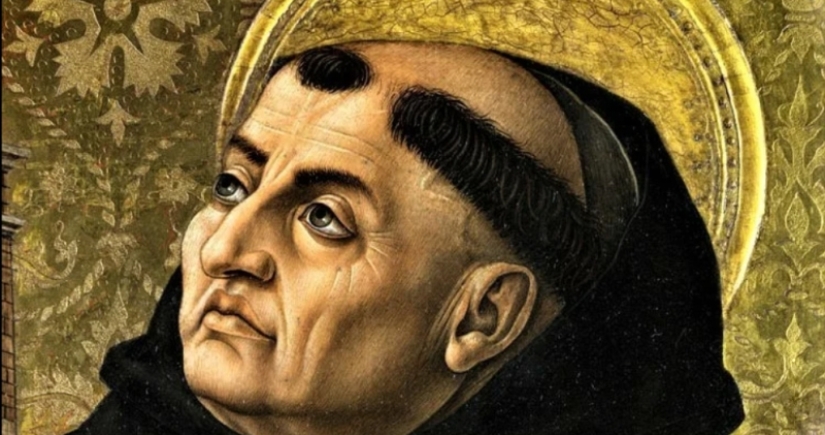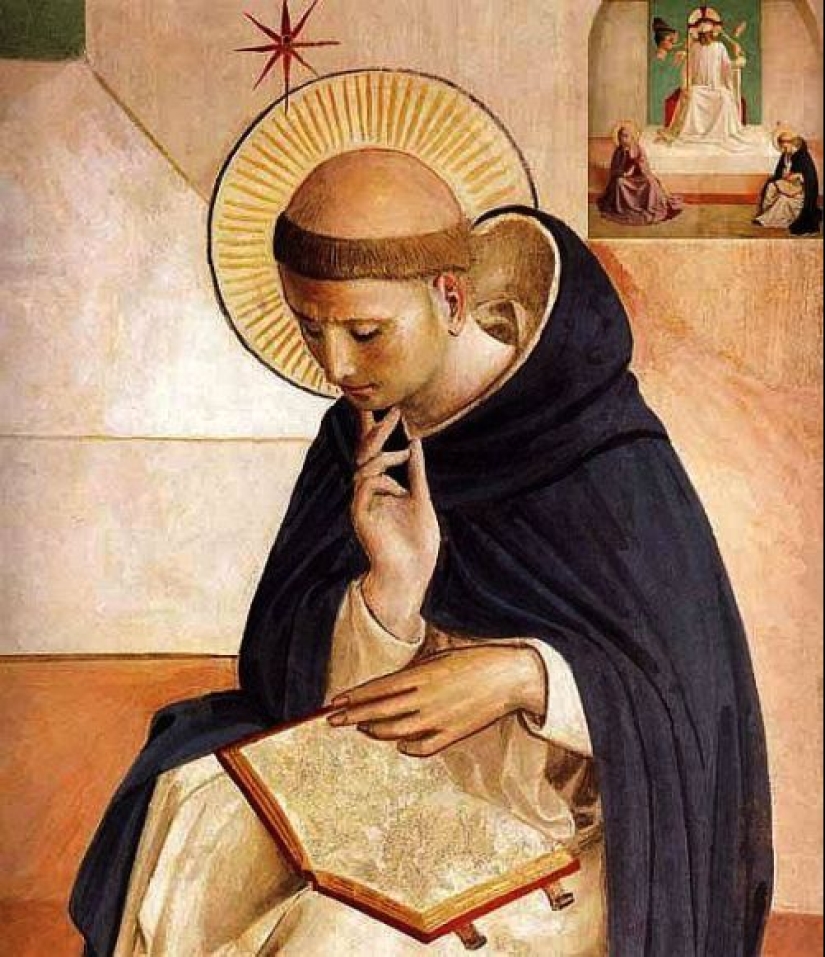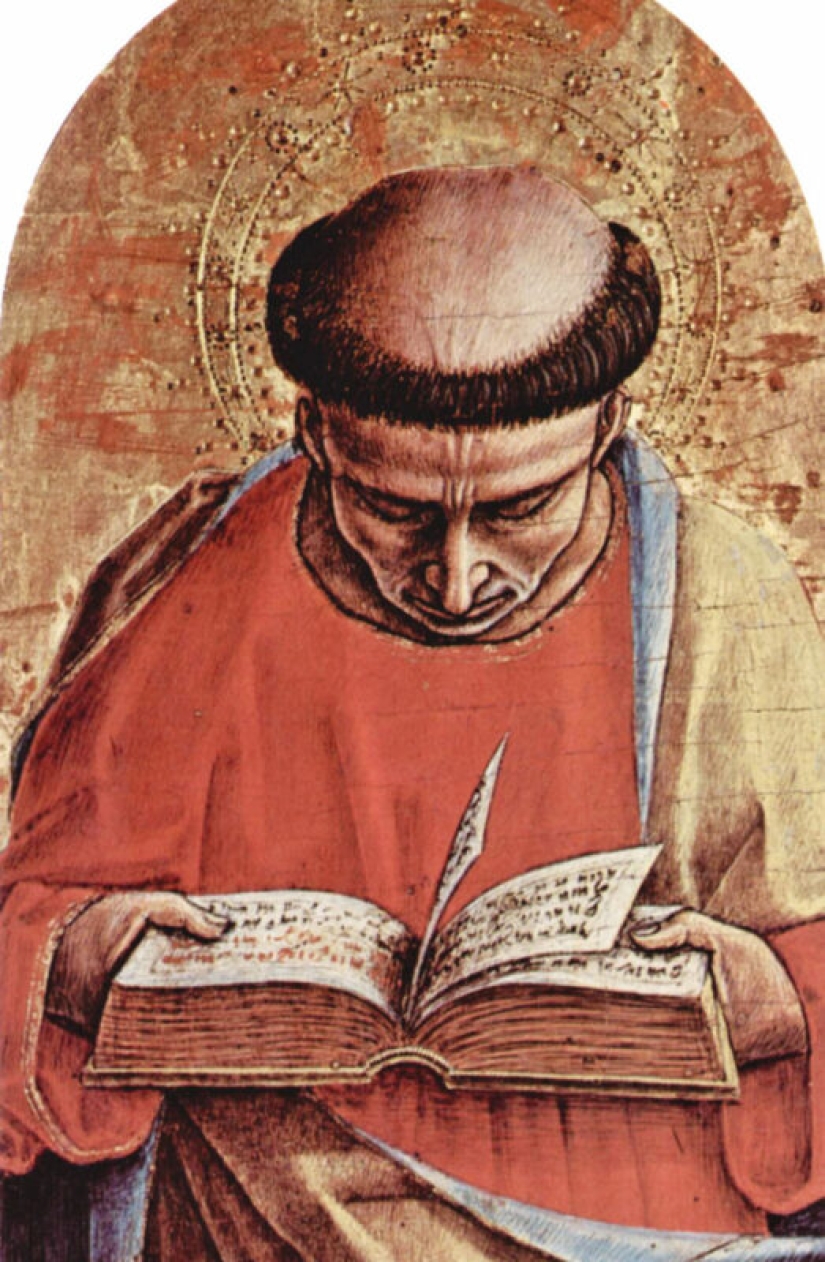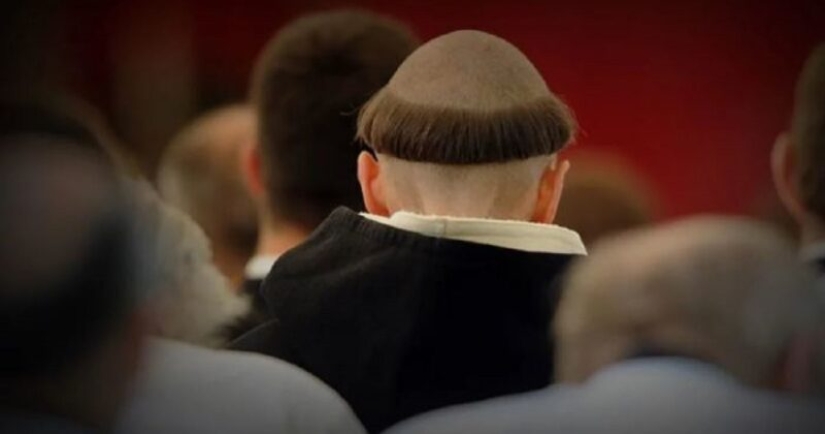The secret of the Tonsure: why Catholic monks shaved the top of their heads
Categories: History
By Pictolic https://pictolic.com/article/the-secret-of-the-tonsure-why-catholic-monks-shaved-the-top-of-their-heads.htmlFor many of us, the image of a Catholic monk is inextricably linked with a black cassock and a tonsure – a neatly shaved crown. In religion, nothing happens just like that, and a round artificial bald head also has a certain meaning. What does the ancient custom of shaving the tonsure mean when ordaining a monk?

In all the world's religions, hair was given a special meaning. It was believed that it is the hair that stores the subtle energy of a person and therefore manipulations with them were used in many rituals. The ceremony of tonsure is not only in Christianity – it is also present in other faiths and symbolizes renewal, initiation into the sacrament, birth to a new life.

When initiated into Buddhist monks, they shave their heads completely, which means complete detachment from the ordinary world and submission to the rules of a certain spiritual school. Muslims who go to Mecca for the Hajj also shave their heads in order to obtain the special status of a hajj-a person who has visited the most sacred place for practicing Islam.
In some areas of Hasidism, women shave their heads when they get married. After that, Jewish women wear wigs all their lives. Therefore, shaving the top of the head of Catholics is not a unique case, but a common rite of initiation in a new incarnation of God's man. And the word "tonsura" is translated from Latin only as "haircut" and there is nothing mystical about it.

Monks began to shave the tonsure in the 7th century, and before that, only hermits who devoted their lives to a special spiritual feat subjected themselves to such a procedure. Shaving your head is a way to renew your energy, suppress your ego, and get rid of attachments and destructive passions.
It was believed that a monk, getting rid of his hair, cleanses himself of the mundane, from unnecessary thoughts and becomes more receptive to the sublime. It is possible that in the Middle Ages, getting rid of a significant part of the hair on the head had a second meaning – hygienic.

Few people know that nowadays the tonsure is not a mandatory attribute of a Catholic monk. In 633, the Council of Toledo decided that every member of the clergy must have a tonsure, and in 1973, Pope Paul VI annulled the decision of the council and decided that priests and monks can decide whether or not to shave their hair themselves.

The tonsure was also shaved for the clergy in Russia, although it was called "humentso", by analogy with the threshing floor – a cleared flat area used for various agricultural work. Both in Russia and in the West, the tonsure was associated with the torments of Christ and the crown of thorns – one of the most important symbols of Christianity.
Keywords: Religion | Pope | History | Ceremony | Monks | Middle ages | Priests | Rite
Post News ArticleRecent articles

There are dolls very similar to living people. And there are so realistic that their appearance can only be explained by magic. ...

Japan is deservedly considered one of the safest countries in the world. Even organized crime there has a "human face" ...
Related articles

A music album is not only a collection of tracks, but also an example of fine art. Each cover carries a certain meaning, and behind ...

In November 69 BC, she was born Cleopatra, the last Queen of Egypt from the Macedonian dynasty of the Ptolemies. Cleopatra, perhaps ...

A good sniper doesn't have to be a career soldier. This simple postulate was well understood by the Red Army soldiers who ...

Famous British photographer Bob Carlos Clarke was born in an Irish corps in 1950. In 1969 he moved to England to study art and ...